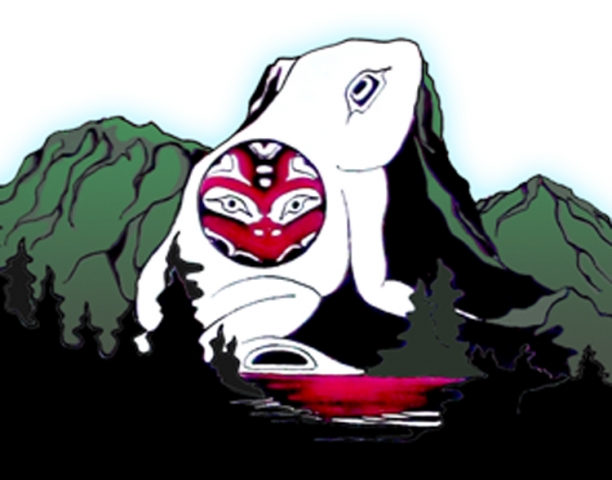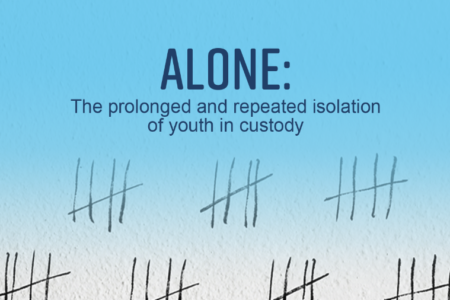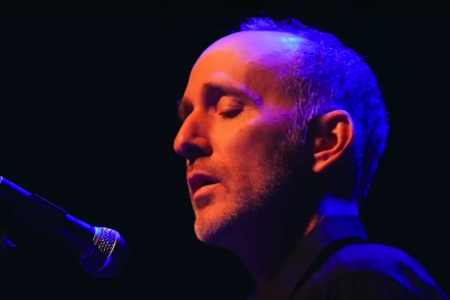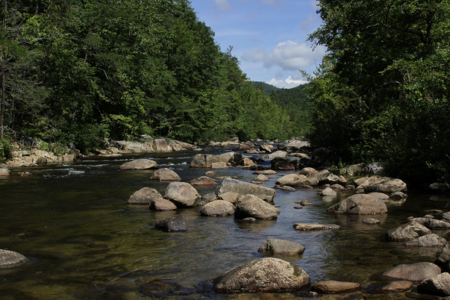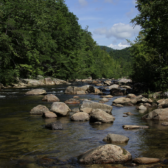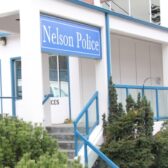Clearing the confusion on the 'extinction' of the Sinixt
By David Aaron, special to The Nelson Daily
There is much confusion about the so-called “extinction” of the Sinixt, which was declared by the Crown in 1956.
The extinction declaration corresponds to the Canadian government’s view that there ceased to be any living Sinixt individuals on the Indian Register maintained by the Crown under the Indian Act.
In general, the Crown recognized as registered Indians only those individuals who maintained residency on the Oatscott reserve, which was established for the Sinixt in 1903 – an piece of land near Burton with no road access, consisting of precipitous bluffs.
Staying on that reserve was incompatible with the Sinixt modality of survival via seasonal migration in rotational use of the resources scattered throughout their territory.
Taking up agriculture and staying sedentary on the Oatscott reserve was tantamount to a cultural death sentence for the Sinixt because it entailed an abandonment of traditional modes of subsistence.
So very few Sinixt (a maximum of 26) stayed on the Oatscott reserve and those who chose to live elsewhere (and all their descendents thereafter) got excluded from being recognized as registered Indians under the Indian Act, with the exception of the family of Alex Christian, who unsuccessfully lobbied the Crown for the establishment of a second, more viable reserve at the Sinixt’s ancestral village site near Brilliant.
Fortunately, the Sinixt right to be consulted by the Crown is not dependant on being recognized as a registered Indian under the Indian Act.
Rather, the Sinixt say that their right to be consulted by the Crown is vested in their status as “aboriginal people of Canada” whose rights are protected under the Constitution Act of 1982 — the highest law in the land. The Constitution trumps the Indian Act.
The Sinixt say that it is clear that they are an “aboriginal people of Canada.” Eighty per cent of their traditional territory lies north of the 49th parallel.
Their graveyards have been discovered in Vallican, their pit houses in Lemon Creek and their huckleberry fields on Perry Ridge. Their folklore tells of Frog Peak and the formation of Christina Lake. They are named after the bull trout of this region.
With the establishment of the border in 1846, the Sinixt’s territory was severed and with the failure of the Canadian government thereafter to enfranchise them with the right to cross the border; and with the Crown’s failure to provide them with adequate reserve land, their ability to maintain cohesive communities in Canada became severely compromised.
At the time the Sinixt were declared extinct in 1956, there were approximately 300 Sinixt accounted for who were not registered on the Indian Act register maintained by the Canadian government.
All those people got disenfranchised from their Indian Act rights in Canada, including their right to enter and remain in Canada.
The damming of the Columbia River, the major arterial superhighway on which the Sinixt depended for their social, cultural, economic and spiritual activities thought their territory, further impeded their ability to subsist and maintain communities in their Northern territory.
While the Crown, through its corporation, BC Hydro, has been actively consulting the Sinixt, the Ministry of Forests and Range has declined to consult the Sinixt on the basis that “it is not clear that the Sinixt are aboriginals of Canada.”
We say it is clear that the Sinixt are an aboriginal people of Canada — but to the extent that there is some ambiguity in that regard — it does not relieve the Crown from their duty to consult the Sinixt.
The Sinixt contend that the Province has incorrectly imposed a standard of “clear” proof as a threshold to engaging in consultation. In saying that the Province is acting erroneously and dishonorably in that regard, the Sinixt rely on the Supreme Court of Canada’s statement in Haida Nation v. British Columbia (Minister of Forests), at paragraph 33:
To limit reconciliation to the post-proof sphere risks treating reconciliation as a distant legalistic goal, devoid of the “meaningful content” mandated by the “solemn commitment” made by the Crown in recognizing and affirming Aboriginal rights and title… It also risks unfortunate consequences. When the distant goal of proof is finally reached, the Aboriginal peoples may find their land and resources changed and denuded. This is not reconciliation. Nor is it honourable.
The Crown’s duty to consult is grounded in “the honour of the Crown” and arises where the Crown is aware of a credible aboriginal rights or title claim and the Crown contemplates conduct that stands to impact on the claimed aboriginal rights.
The Sinixt claim hydrological, wildlife, plant, archeological and cultural interests on Perry Ridge in relation which the Sinixt exercise aboriginal rights.
The Crown’s duty to consult with respect to unproven aboriginal rights claims arises in the context of the reconciliation process that has been identified by the Courts – the process of reconciling Canadian sovereignty with the fact that Canada’s Aboriginal peoples were here when Europeans came, and were never conquered.
Reconciliation is a process in which every Canadian shares an interest. This process is not easy. But it is what is defining Canada as a just society.
Our country is not perfect, but we are in the process of reckoning and reconciling the historical injustices upon which the Canadian flag was planted.
Our generation can feel proud that we are part of that process … proud to be Canadian.
David Aaron is a Nelson-based lawyer.



